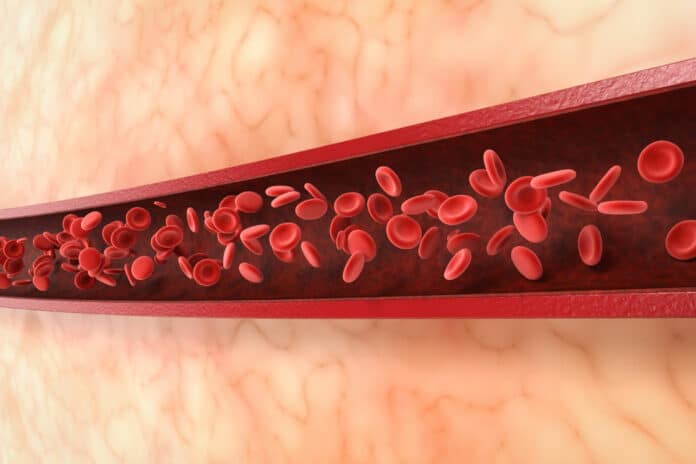The recent discovery of hemoglobin in the epidermis marks a groundbreaking revelation in our understanding of the skin’s protective capabilities. Hemoglobin, traditionally associated with red blood cells and oxygen transport, has been found to play a previously unknown role in the outermost layer of our skin, the epidermis.
For the first time, researchers found that hemoglobin, a protein usually in red blood cells, is also in our skin’s outer layer, the epidermis. The Journal of Investigative Dermatology study gives essential information about how our skin protects us. The researchers were curious about how the skin defends our body and found hemoglobin in the epidermis and hair follicles. This discovery adds a new piece to understanding how our skin keeps us safe.
Lead investigator of the study, Masayuki Amagai, MD, PhD, Department of Dermatology, Keio University School of Medicine, Tokyo, and Laboratory for Skin Homeostasis, RIKEN Center for Integrative Medical Sciences, Yokohama, explains: “The epidermis consists of keratinized stratified squamous epithelium, which is primarily composed of keratinocytes. Previous studies have identified the expression of various genes with protective functions in keratinocytes during their differentiation and formation of the outer skin barrier. However, other barrier-related genes escaped prior detection because of difficulties obtaining adequate amounts of isolated terminally differentiated keratinocytes for transcriptome analysis.”
Hemoglobin, known for binding gases like oxygen, carbon dioxide, and nitric oxide, is found in the epidermis. This makes it a potential antioxidant and plays a role in barrier function. Professor Amagai’s research discovered that genes producing hemoglobin are highly active in the upper epidermis.
The study confirmed the presence of hemoglobin α protein in keratinocytes using immunostaining. The research also showed that epidermal hemoglobin defends against oxidative stress, protecting keratinocytes from UV irradiation and impaired mitochondrial function. This suggests that hemoglobin expression is a natural defense against skin aging and cancer.
The hemoglobin expression by keratinocytes emerges as an endogenous defense mechanism against skin aging and the development of skin cancer. These findings not only expand our understanding of the multifaceted functions of hemoglobin but also highlight its potential as a critical player in the intricate web of mechanisms that safeguard the skin.
The discovery opens new avenues for research into skincare and dermatology, offering insights that could eventually lead to innovative approaches for maintaining skin health and preventing skin-related disorders.
Journal reference:
- Umi Tahara, Takeshi Matsui, et al., Keratinocytes of the Upper Epidermis and Isthmus of Hair Follicles Express Hemoglobin mRNA and Protein. Journal of Investigative Dermatology. DOI: 10.1016/j.jid.2023.08.008.
